0
Dear all, I am happy to announce new release of phpipam IP address management – version 1.2.
For this release backend code was completely rewritten, for database connections now pdo has replaced mysqli, so make sure you php supports pdo and pdo_mysql before upgrading. It also fixes lots of bugs, parametized SQL queries and brings lots of new features, most important are:
- Multiple simultaneous authentication methods
- PowerDNS integration
- REST API
- Mark subnet as full
- L2 domains
- ICMP check enhancements (fping support)
- Firewall zones and nameservers
And much more. You can find full changelog below, please read it.
If you find phpIPAM useful for your company donations would be highly appreciated 
You can demo it here: http://demo.phpipam.net/
You can download it on sourceforge site: phpipam-1.2 or on github.
Before upgrading make sure you first backup current database, you can follow upgrade guide on our site.
Some screenshots:
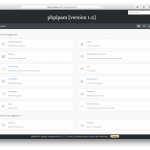
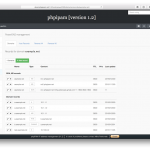
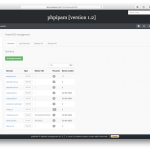
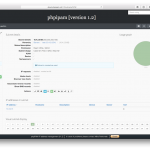
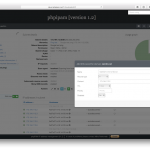
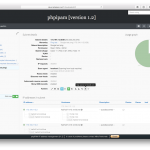
Special thanks to all the people submitting bug reports, translators and feature testers!
Full changelog for this release is:
== 1.20
New features:
------------
+ Added multiple simultaneous authentication methods (Apache, AD, LDAP, Radius, NetIQ);
+ Added fping scanning support;
+ Added selectable scanning type (ping/pear/fping);
+ Added L2 Continue reading
 Phew! It was a busy week in the realm of software defined networking (SDN) and network functions virtualization (NFV). Here’s a final roundup: Microsoft launched a technical preview of Azure Stack, software for running a private, on-premises cloud. This opens the possibility of running a hybrid cloud where the public and private halves both run on... Read more →
Phew! It was a busy week in the realm of software defined networking (SDN) and network functions virtualization (NFV). Here’s a final roundup: Microsoft launched a technical preview of Azure Stack, software for running a private, on-premises cloud. This opens the possibility of running a hybrid cloud where the public and private halves both run on... Read more →


 CEO Chuck Robbins's team continues to take shape.
CEO Chuck Robbins's team continues to take shape. Telcos want open hardware in their data centers.
Telcos want open hardware in their data centers.





